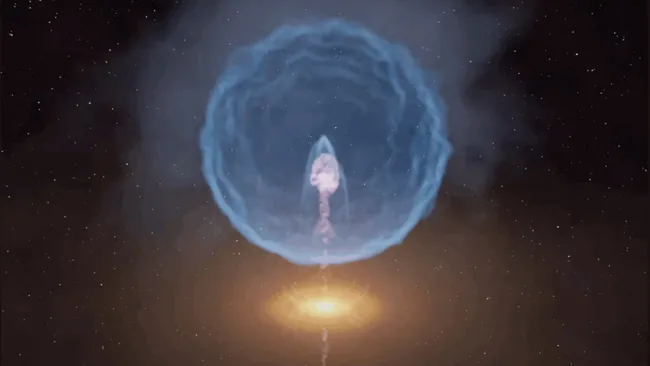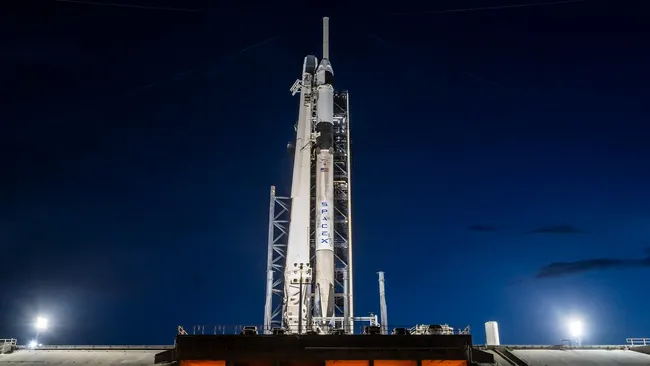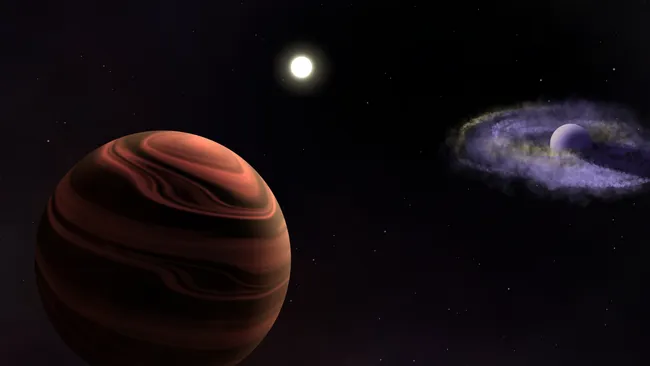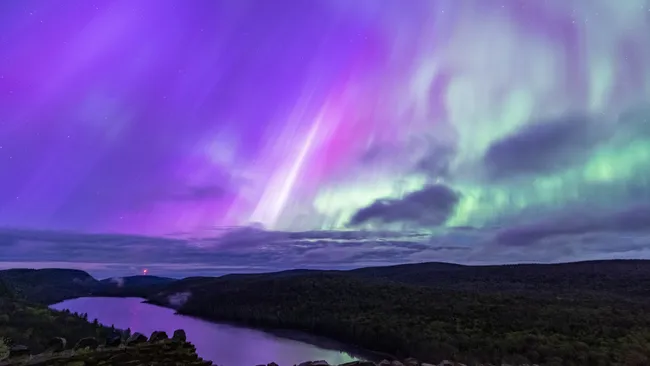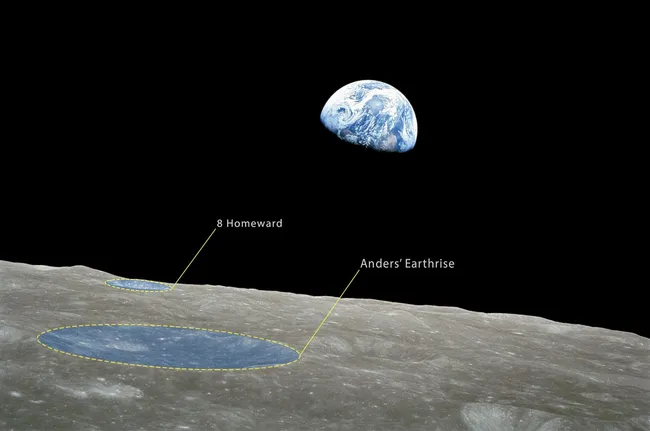A stunning astronomical discovery reveals how a baby star’s explosive outburst is reshaping the very environment where planets are born.
A Japanese research team has observed an extraordinary cosmic phenomenon: a baby star explosion that not only influenced the star itself but also distorted its planet-forming disk.
The study, led by Masataka Aizawa of Ibaraki University, uncovered the event while reanalyzing archival data from the ALMA telescope in Chile. The team identified a massive expanding bubble of gas near WSB 52, a young star about 440 light-years away in Ophiuchus.
This bubble wasn’t just expanding outward—it directly collided with the swirling protoplanetary disk surrounding the star. The violent impact is reshaping the dusty material where planets typically emerge.
“In science fiction, we see beams destroy targets, causing debris to scatter back. Nature, however, performs this on a much greater scale,” Aizawa explained.
Astronomers believe the explosion was triggered when a high-speed jet from the star struck a dense clump of cold gas. The resulting compression caused the gas to detonate, producing a massive bubble that rammed into the disk.
The likelihood of this alignment being random is “effectively zero,” according to the researchers. This confirms the explosion was linked directly to the baby star itself.
Although bubbles have been observed near young stars before, this is the first time scientists have seen one distort a protoplanetary disk. The discovery, dubbed jet-bubble-disk interaction, challenges current theories of planetary formation.
“This shows that the birthplaces of planets may be far more chaotic than imagined,” the team wrote. “Once again, we realize that nature is far more complex than humans think.”

